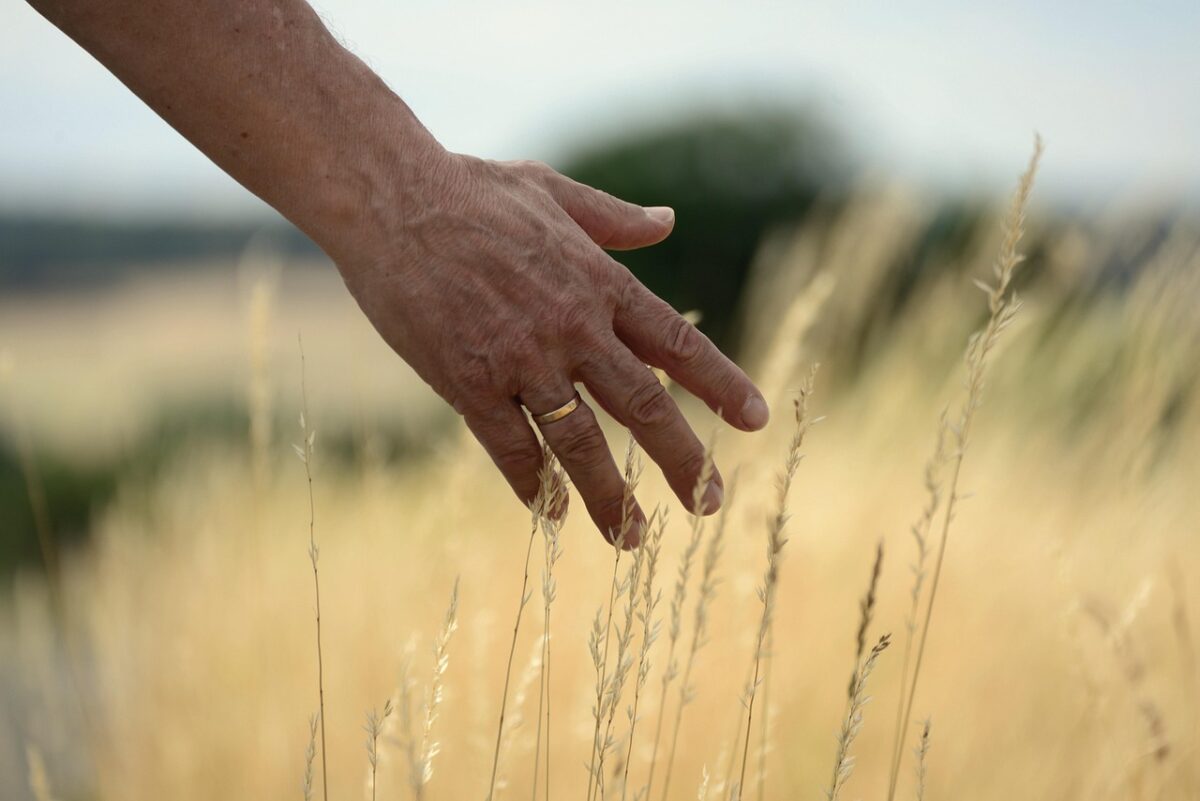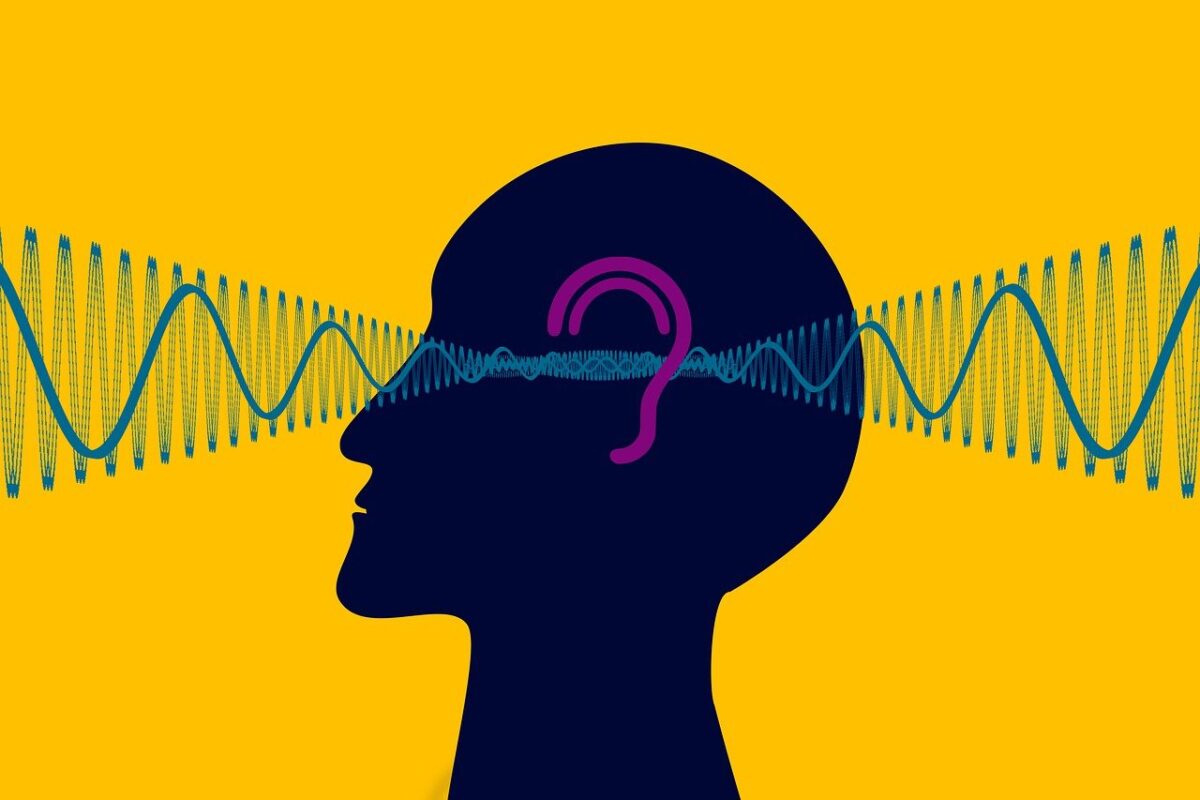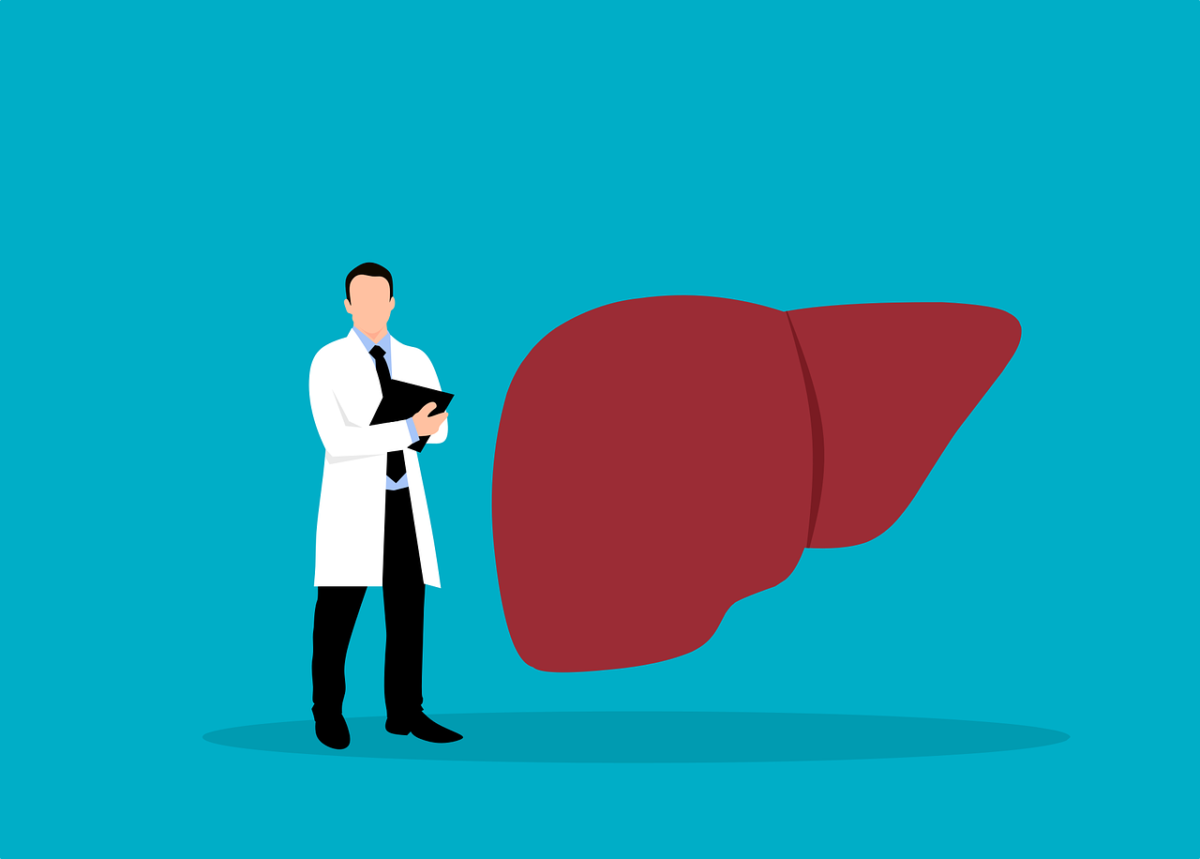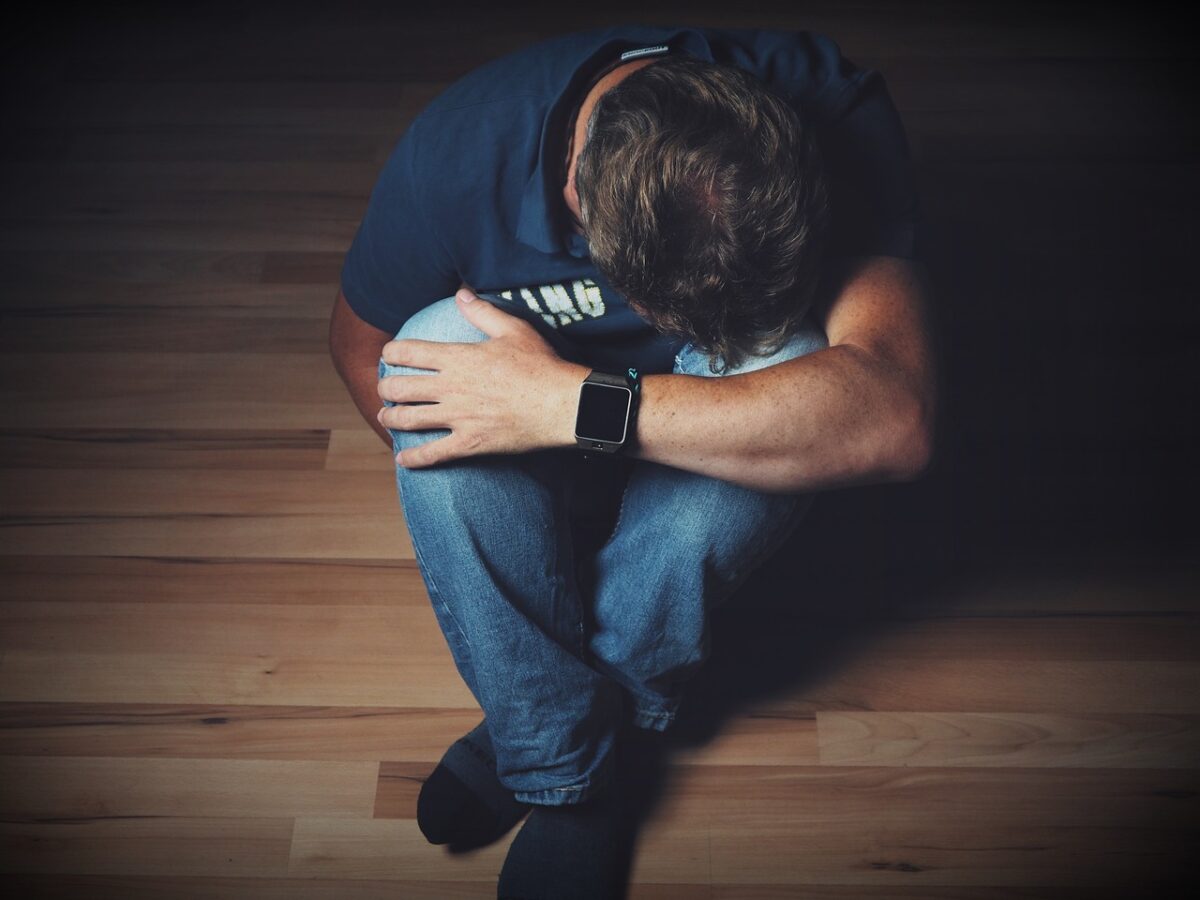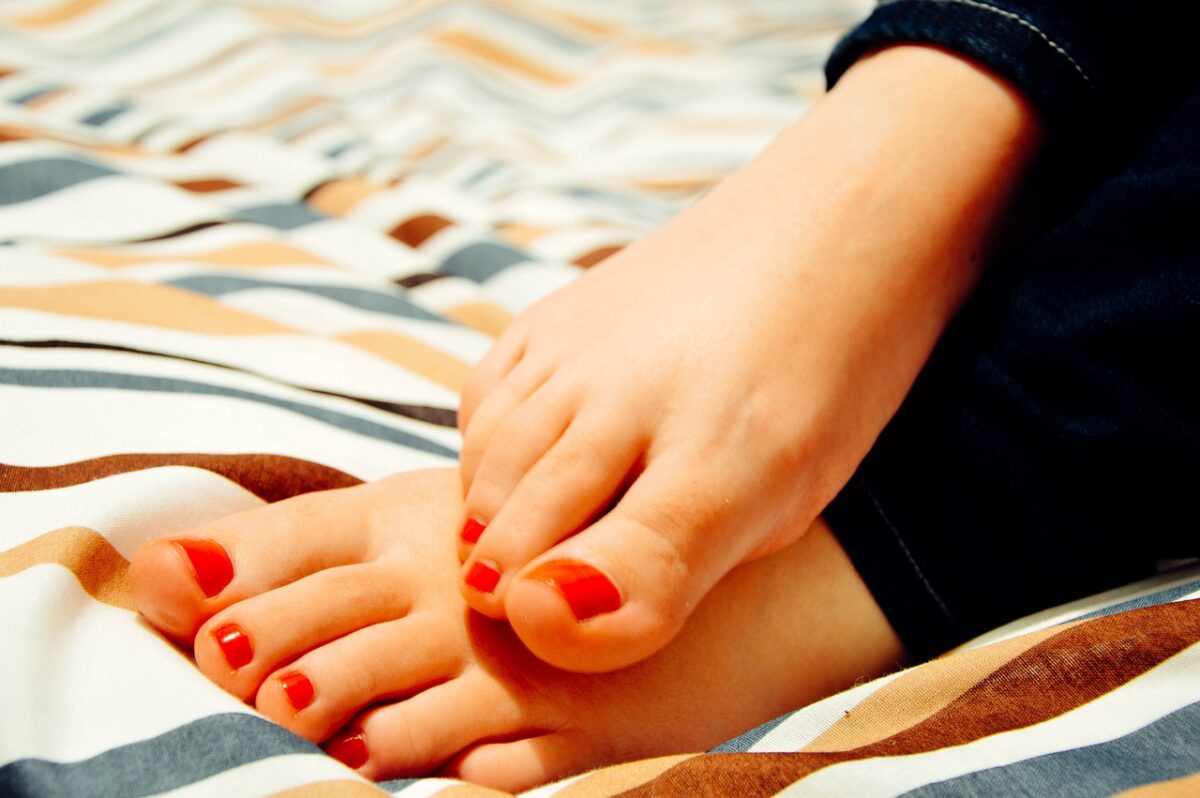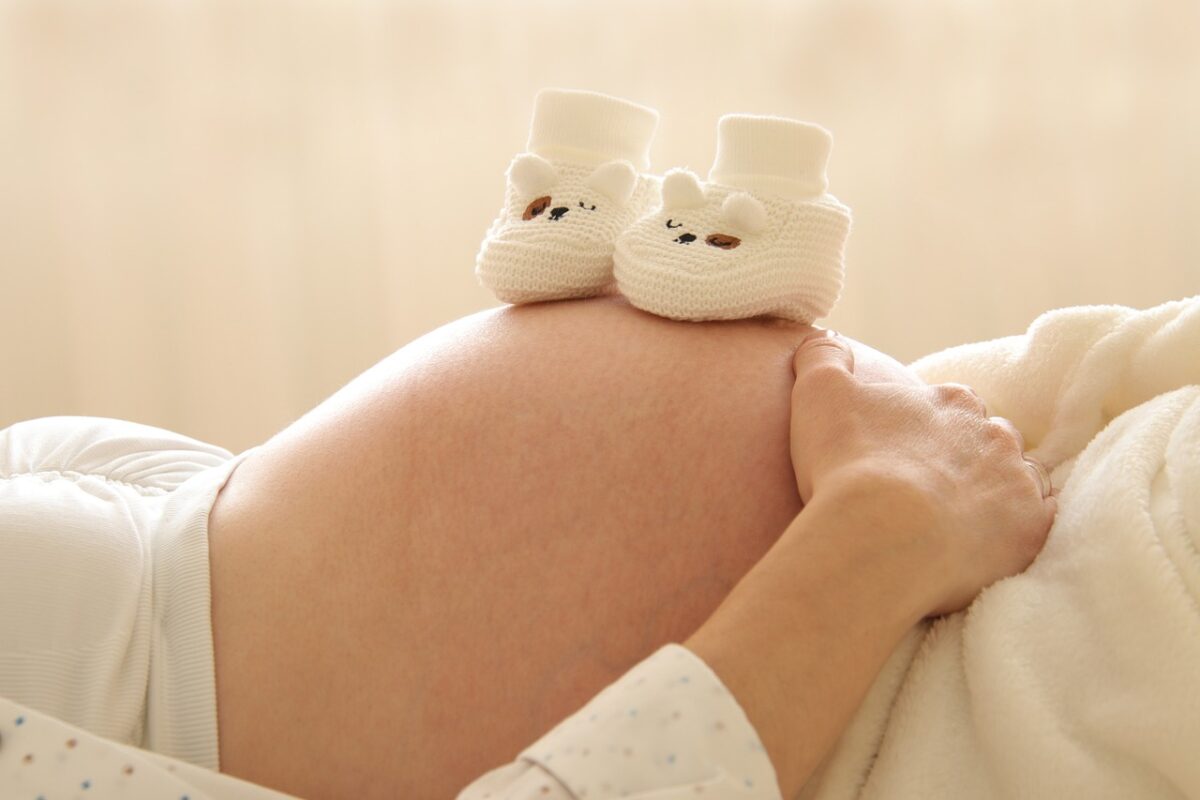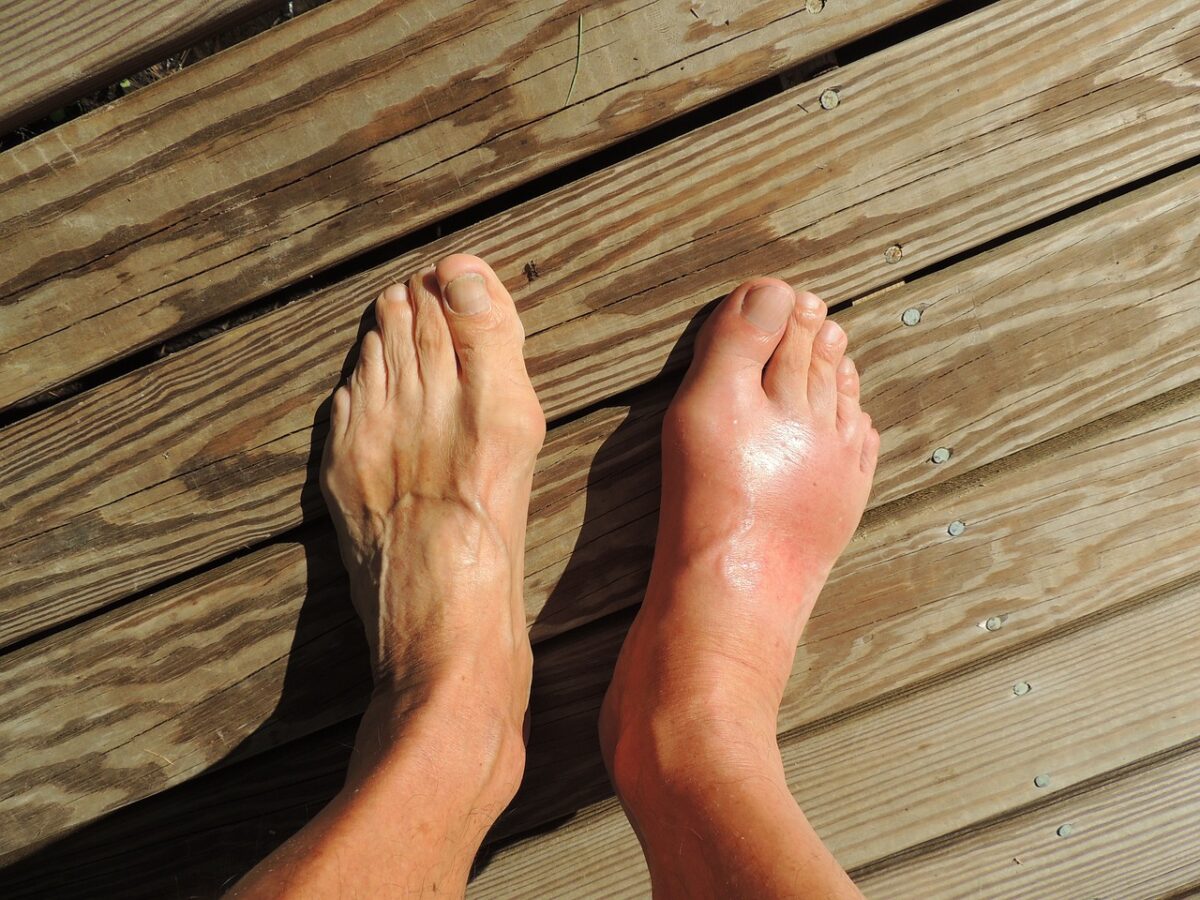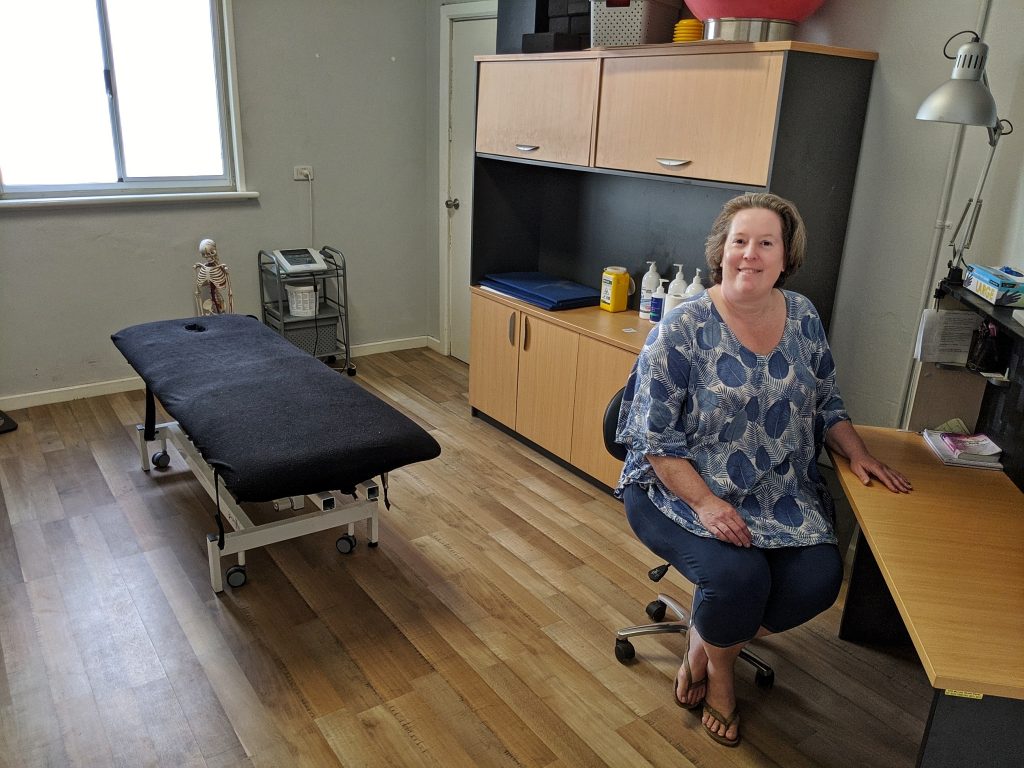Unfortunately, it’s quite frequent that people tell me that another health professional has told them that acupuncture will not be able to help with their problem, when those statements are not supported by the current evidence base.
Of course it would be unfair to expect the average GP to have a deep expertise in acupuncture in the way that an acupuncturist does. And it’s a challenge to keep up to date with all the great research that is being done. Although it’s worth noting that all health professionals do have an ethical obligation to keep themselves up to date on the evidence base for therapies that may help their patients.
So in this context, this article in the British Medical Journal in February 2022 was a breath of fresh air: Evidence on acupuncture therapies is underused in clinical practice and health policy.
What did the research team find?
The article examined the systematic reviews that have been published for acupuncture – a systematic review is a study of the studies. So whereas one particular trial might reach a certain finding and another study a different conclusion, a systematic review seeks to identify all the relevant trials for a particular topic, and look at what conclusions can be reached overall. So what did they find when they did a study of the studies of the studies for acupuncture?
“Despite minor limitations, systematic reviews of acupuncture therapies are generally methodologically rigorous.”
“A recent overview of acupuncture systematic reviews found … acupuncture showed a moderate or large effect with moderate or high certainty evidence in eight diseases or conditions … However, instead of endorsement in health policies and wide use in clinical practice, only a few healthcare systems incorporated acupuncture into clinical practice guidelines.”
“For example, acupuncture is underused in practice for treatment of post-stroke aphasia … by 2015 compelling evidence had accumulated that acupuncture provided important improvement, relative to the best existing therapy … To date, however, only one Chinese clinical practice guideline has recommended acupuncture therapies for treatment of post-stroke aphasia. In the US alone, 10 million patients with post-stroke aphasia could have benefited from acupuncture treatment.”
“Identified research opportunities are underfunded … Promising acupuncture therapies (large effect supported by low certainty evidence) represent potentially fruitful future clinical research targets, and thus require further investigation and research funding support. The overview of systematic reviews found that in 33 outcomes for 22 conditions, acupuncture showed a promising effect. Existing funding and research endeavours in these areas have, however, increased little in the past decade.”
“Take three diseases or conditions in which acupuncture showed promising effects as an example. Depressive disorders, migraine, and opioid use disorders are prevalent and associated with a high disease burden globally … Even though acupuncture therapies have shown large effects supported by low certainty evidence for all three of these prevalent and high burden diseases, they received limited funding for further investigation.”
The authors’ recommendations included using the acupuncture evidence base properly in health system decision making, and a better organised approach to funding acupuncture research.
What’s standing in the way?
A wide range of factors undoubtedly lie behind this, but sticking to just the topic of clinical research, one point to note is that acupuncture research doesn’t have the financial might of big pharma behind it. The profit motive that drives a proportion of medical research is not there for acupuncture treatment. But apart from funding, there are quite a few other interesting issues to consider in creating good quality acupuncture research.
Often a trial will seek to assess acupuncture using ideas that were developed to test drugs, for example using comparisons to an inert placebo. Concepts like ‘sham acupuncture’ are sometimes used, when from a Chinese medical perspective even touching a point (acupressure) is an active therapy. Acupuncture is more akin to a minor procedure than to popping a pill, and not all studies do well in recognising that.
Meanwhile the master practitioners of our medicine, and the practitioners who are well integrated into research institutions and can gain access to research funding, may not always be well aligned. The ‘acupuncture’ used in some studies can feel like a bit of a puzzle.
For example, I was surprised to see a study on acupuncture for pubic symphysis pain (a condition of late pregnancy), which used a number of acupuncture points that are considered unsafe in pregnancy. (Say what now?) Debra Betts, an acupuncturist in New Zealand and probably the foremost expert in obstetric acupuncture globally, wrote an interesting analysis:
“Although no serious complications were reported during treatment it is of concern that the acupuncture points Hegu LI-4, Kunlun BL-60 and Ciliao Bl-32 are listed with no mention of their function in traditional Chinese medicine to induce labour … The study states that these distal points were chosen due to their well known pain relieving effect … This is an interesting study as while it confirms the benefit of offering acupuncture for pelvic pain in pregnancy it also raises questions about the way point prescription acupuncture can be used by physiotherapists and medical acupuncturists.”
Debra Betts, author of The Essential Guide to Acupuncture in Pregnancy and Childbirth
Meanwhile, there are lots of other issues around achieving good quality acupuncture research – meaning both good science, and good Chinese Medicine. The same edition of the British Medical Journal also had a very interesting article about how to improve the quality of acupuncture research.
So, when the benefit of acupuncture has managed to shine through all of these kinds of hurdles, it’s all the more disappointing that the resulting evidence is not always being listened to by medical decision makers.
Conclusions
In summary, it is a great pleasure for me to see the evidence base for acupuncture becoming more complete over time. I am in admiration of all the practitioners and researchers who are dedicating time and energy to building the scientific recognition of our venerable healing art.
Unfortunately it is not an infrequent experience to see acupuncture receiving ill-informed negativity. Sadly this sometimes comes from other medical professionals, despite their relevant ethical obligations.
And so I very much concur with the authors’ recommendations that the evidence base for acupuncture should be used properly in mainstream clinical practice and health policy. As wide a group of people as possible should be able to benefit from the evidence-based benefits of acupuncture.
References
Betts, Debra, Acupuncture Research, https://acupuncture.rhizome.net.nz/acupuncture/research/pelvic-pain/
Elden H, Ladfors l, Fagevik Olsen M, Ostaard H, Hagberg H. Effects of acupuncture and stabilising exercisers as adjunct to standard treatment in pregnant women with pelvic girdle pain: randomised singleblind controlled trail.BMJ 2005;330:761
Lu L, Zhang Y, Tang X, Ge S, Wen H, Zeng J et al. Evidence on acupuncture therapies is underused in clinical practice and health policy BMJ 2022; 376 :e067475 doi:10.1136/bmj-2021-067475
Zhang Y, Jing X, Guyatt G. Improving acupuncture research: progress, guidance, and future directions BMJ 2022; 376 :o487 doi:10.1136/bmj.o487



